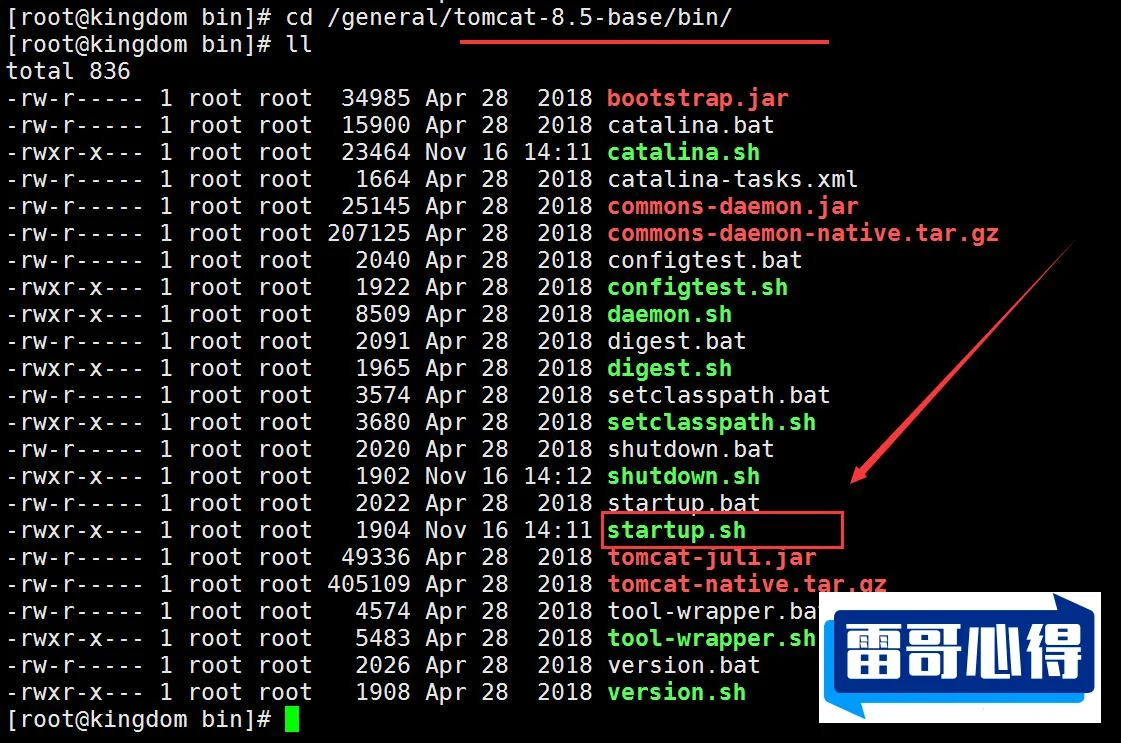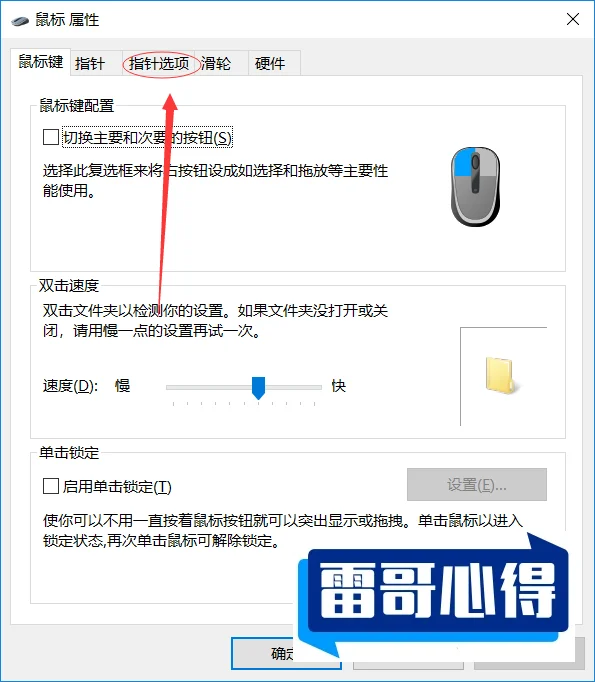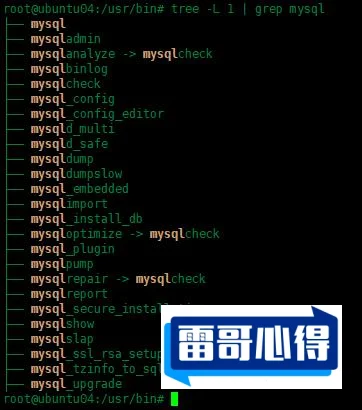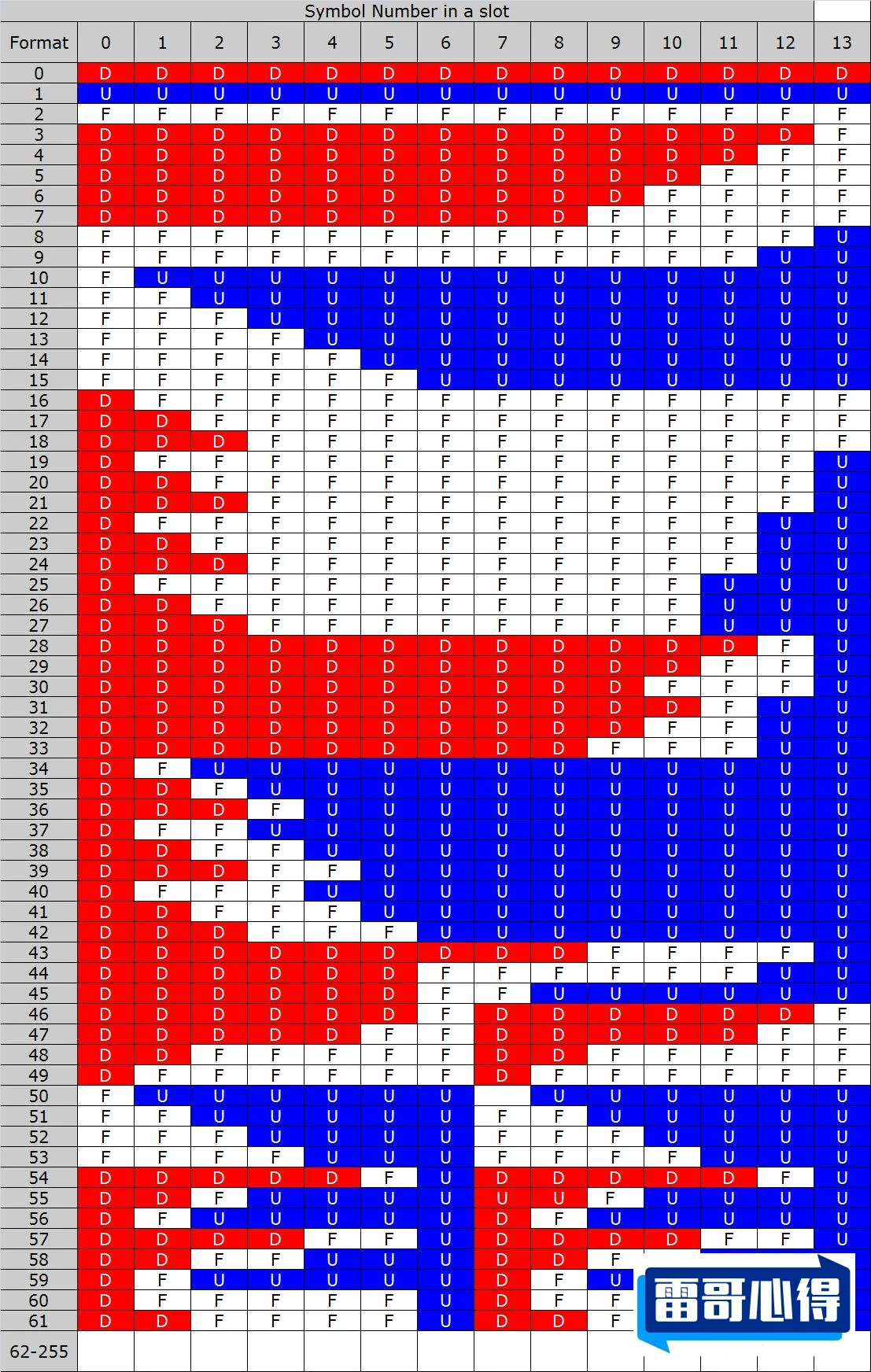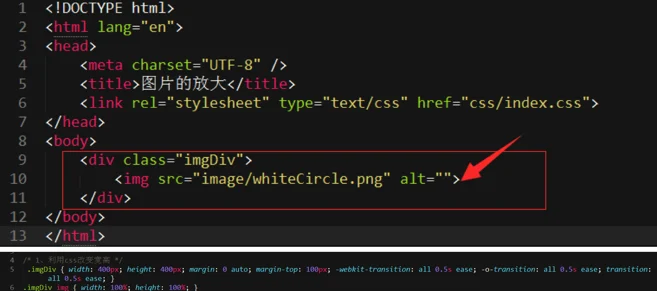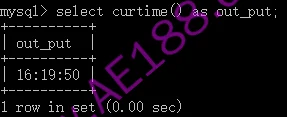HTML 元素的鼠标悬停事件详解及示例代码分享指南大全
在 HTML 中,鼠标悬停事件是指当用户将鼠标指针移动到某个 HTML 元素上时触发的事件。这种交互方式能够为网页增添动态效果和更好的用户体验。以下将详细介绍常见的鼠标悬停事件,并提供示例代码。
常见的鼠标悬停相关事件
onmouseover 事件
当鼠标指针移动到元素上时触发该事件。
示例代码:
<!DOCTYPE html>
<html lang="en">
<head>
<meta charset="UTF-8">
<meta name="viewport" content="width=device-width, initial-scale=1.0">
<title>onmouseover 示例</title>
</head>
<body>
<div id="myDiv" onmouseover="changeColor(this)" style="width: 200px; height: 200px; background-color: blue;"></div>
<script>
function changeColor(element) {
element.style.backgroundColor = "red";
}
</script>
</body>
</html>在上述代码中,当鼠标悬停在蓝色的 div 元素上时,其背景颜色会变为红色。
onmouseout 事件
当鼠标指针移出元素时触发该事件。
示例代码:

<!DOCTYPE html>
<html lang="en">
<head>
<meta charset="UTF-8">
<meta name="viewport" content="width=device-width, initial-scale=1.0">
<title>onmouseout 示例</title>
</head>
<body>
<div id="myDiv" onmouseover="changeColor(this)" onmouseout="resetColor(this)" style="width: 200px; height: 200px; background-color: blue;"></div>
<script>
function changeColor(element) {
element.style.backgroundColor = "red";
}
function resetColor(element) {
element.style.backgroundColor = "blue";
}
</script>
</body>
</html>此代码中,鼠标悬停时 div 背景颜色变为红色,鼠标移出时又变回蓝色。
onmouseenter 事件
与 onmouseover 类似,当鼠标指针进入元素时触发,但它不会冒泡。这意味着当鼠标进入元素的子元素时,不会再次触发该事件。
示例代码:
<!DOCTYPE html>
<html lang="en">
<head>
<meta charset="UTF-8">
<meta name="viewport" content="width=device-width, initial-scale=1.0">
<title>onmouseenter 示例</title>
</head>
<body>
<div id="parentDiv" onmouseenter="showMessage()" style="width: 300px; height: 300px; background-color: lightgray;">
<div style="width: 100px; height: 100px; background-color: yellow;"></div>
</div>
<script>
function showMessage() {
alert('鼠标进入了父元素');
}
</script>
</body>
</html>这里当鼠标进入父 div 时会弹出提示框,而进入子 div 时不会再次触发。
onmouseleave 事件
与 onmouseout 类似,当鼠标指针离开元素时触发,且不会冒泡。
示例代码:

<!DOCTYPE html>
<html lang="en">
<head>
<meta charset="UTF-8">
<meta name="viewport" content="width=device-width, initial-scale=1.0">
<title>onmouseleave 示例</title>
</head>
<body>
<div id="parentDiv" onmouseenter="showMessage()" onmouseleave="hideMessage()" style="width: 300px; height: 300px; background-color: lightgray;">
<div style="width: 100px; height: 100px; background-color: yellow;"></div>
</div>
<script>
function showMessage() {
alert('鼠标进入了父元素');
}
function hideMessage() {
alert('鼠标离开了父元素');
}
</script>
</body>
</html>当鼠标进入父 div 弹出提示,离开时也会弹出相应提示,且进入和离开子 div 不会重复触发。
使用 JavaScript 绑定事件
除了在 HTML 标签中直接使用事件属性,还可以使用 JavaScript 来绑定事件,这样可以使代码结构更清晰,便于维护。
示例代码:
<!DOCTYPE html>
<html lang="en">
<head>
<meta charset="UTF-8">
<meta name="viewport" content="width=device-width, initial-scale=1.0">
<title>JavaScript 绑定鼠标悬停事件示例</title>
</head>
<body>
<div id="myDiv" style="width: 200px; height: 200px; background-color: blue;"></div>
<script>
const divElement = document.getElementById('myDiv');
divElement.addEventListener('mouseover', function () {
this.style.backgroundColor = "red";
});
divElement.addEventListener('mouseout', function () {
this.style.backgroundColor = "blue";
});
</script>
</body>
</html>在这个示例中,通过 addEventListener 方法为 div 元素绑定了 mouseover 和 mouseout 事件,实现了与前面类似的效果。
通过合理运用这些鼠标悬停事件,可以为网页创建出丰富多样的交互效果,提升用户体验。
